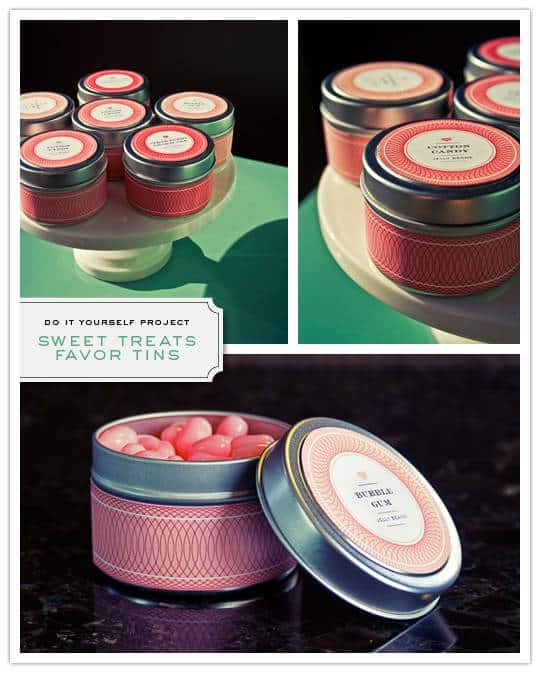You are probably aware (hopefully) that most colds and flus are not caused by bacteria, they are caused by viruses. Therefor, standard antibiotics are useless as a remedy for colds and flus. There are now anti-viral medications, but they are most effective if administered early on, and may have some side effects. Plus, who really wants to schlep into the ER when you feel lousy and your immune system is already compromised? Secondary infections are often more dangerous than the original virus.
It turns out that many common herbs are not only antibacterial but also antiviral, and have minimal to no side effects. In the book Herbal Antibioitics, Stephen Harrod Buhner presents his top choices for cold and flu fighting herbs, including echinacea, wormwood root, balsam root, boneset, red root, licorice, sage, garlic and honey. (While not technically an herb, honey is often used in herbal medicine and so is included in the book.) Complete dosing instructions and contraindications are given in the text. I highly recommend the book, as it gives not only practical information on herbal use, but an overview of the history of antibiotics and how antibiotic resistance spreads. Technically, he includes both herbs and spices in his arsenal, as various plant parts are used.
An example of the easy to use recipes that Stephen provides is The Best Cold and Flu Tea, which contains:
2 teaspoons sage
juice of one lemon (or one teaspoon lemon balm herb)
Pinch cayanne pepper
1 tablespoon (15 ml) honey
To prepare the tea, pour one cup boiling water over sage and allow to steep for 10 minutes. Strain out herbs, ad remaining ingredients, and drink hot.
It turns out that many common herbs are not only antibacterial but also antiviral, and have minimal to no side effects. In the book Herbal Antibioitics, Stephen Harrod Buhner presents his top choices for cold and flu fighting herbs, including echinacea, wormwood root, balsam root, boneset, red root, licorice, sage, garlic and honey. (While not technically an herb, honey is often used in herbal medicine and so is included in the book.) Complete dosing instructions and contraindications are given in the text. I highly recommend the book, as it gives not only practical information on herbal use, but an overview of the history of antibiotics and how antibiotic resistance spreads. Technically, he includes both herbs and spices in his arsenal, as various plant parts are used.
An example of the easy to use recipes that Stephen provides is The Best Cold and Flu Tea, which contains:
2 teaspoons sage
juice of one lemon (or one teaspoon lemon balm herb)
Pinch cayanne pepper
1 tablespoon (15 ml) honey
To prepare the tea, pour one cup boiling water over sage and allow to steep for 10 minutes. Strain out herbs, ad remaining ingredients, and drink hot.



